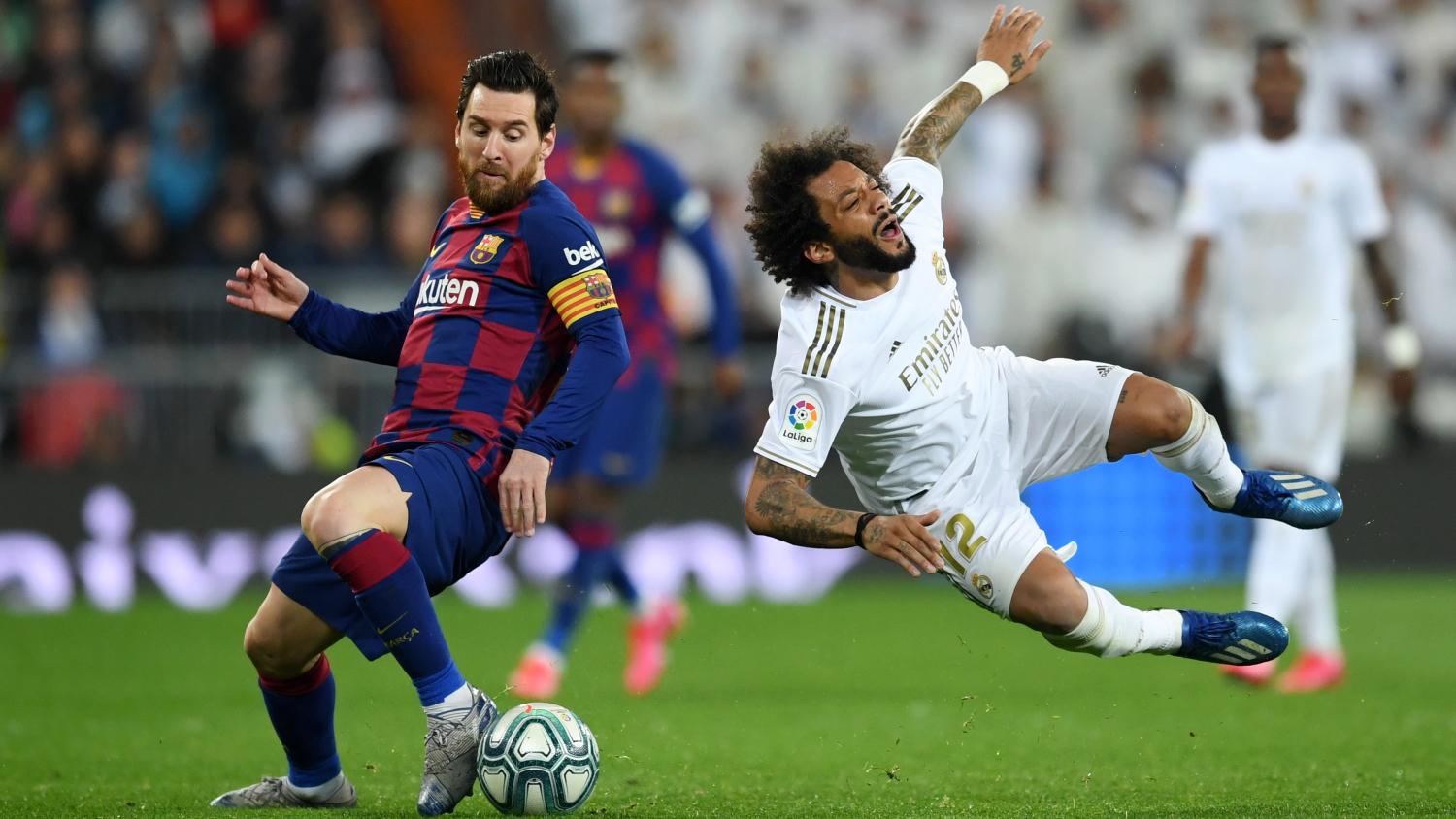On June 24, Lionel Messi celebrates his 33rd birthday. From a purely sporting perspective, one of the great injustices of the pandemic is depriving us of precious Messi time — after all, conventional wisdom tells us that the Argentine’s peak is now well behind him. Of course, actually watching him tells you something completely different.
The last we saw of Messi was back on March 7, when he scored the game-winner against Real Sociedad in LaLiga play. At the break, he’d totaled 24 goals in 31 appearances across all competitions. Given his stellar health record, that total represents his lowest since the 2005-06 campaign, back when he was just becoming a Barcelona first team regular at the age of 18.
He’s a player that never wants to rest, appearing frequently in the early rounds of the Copa del Rey and having collected 138 Argentina caps while looking a certainty for both the rescheduled 2021 Copa América and 2022 World Cup.
Obviously Messi’s style of play has already changed a lot off the ball. There’s no unnecessary running, and he can spend large periods of time simply analyzing the game and getting a feel for an opponent’s defensive setup before putting them to the sword in a flash.
He’s an unparalleled student of the game in that respect — if there’s a way to hurt you, he’ll find it — and that goes some way towards explaining Pep Guardiola’s response to a question about if Sergio Agüero was the world’s best No. 9: “The best is Messi. Messi is the best number nine, number 10, number 11, number seven, number six, number five, number four.”
There’s every chance that Messi never moves into a deeper role. If he continues to score, on average, a goal every game, why would any manager make that change?
But it's interesting to think about Messi as a number four, playing the holding midfield role, only scoring two goals per season but engineering escapes more dashing than The Shawshank Redemption.
For a better idea of what that’d look like, here’s a compilation of Messi playing inside his own half.



